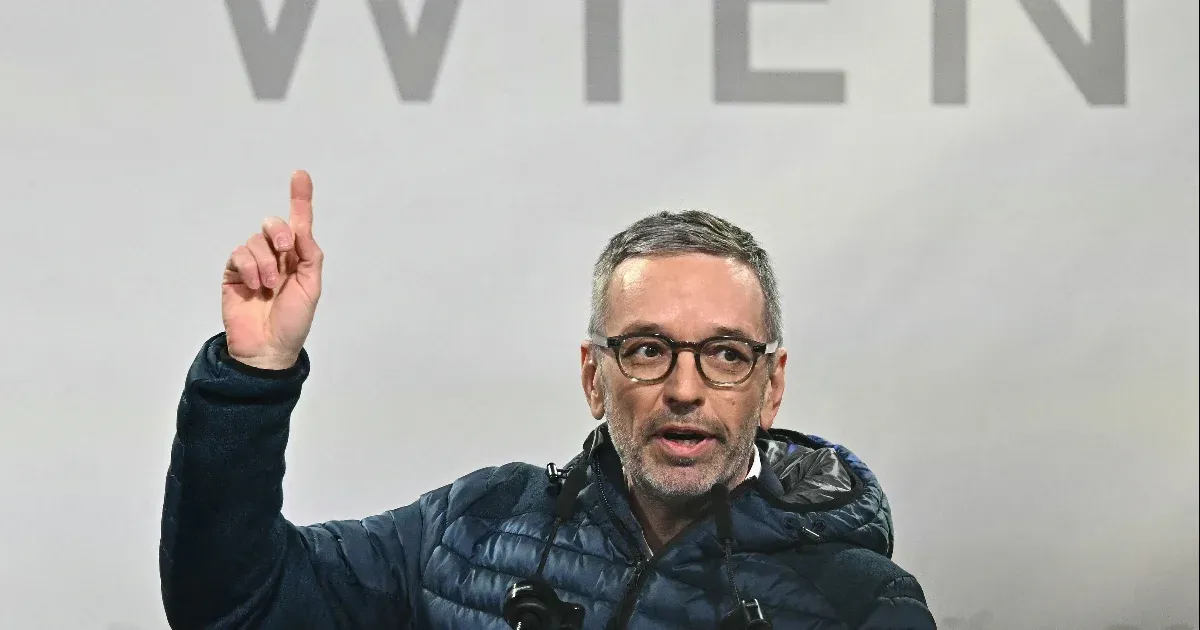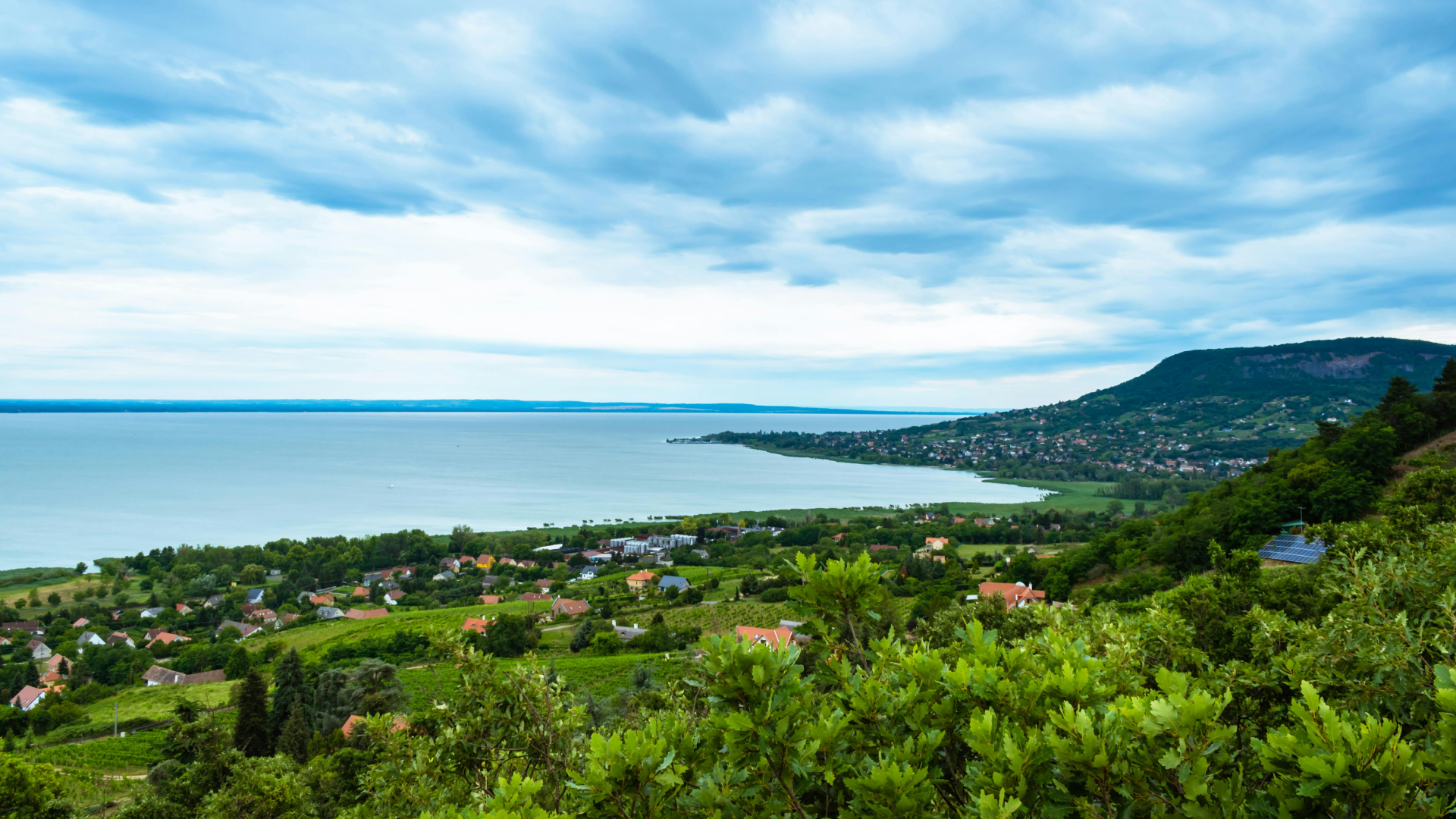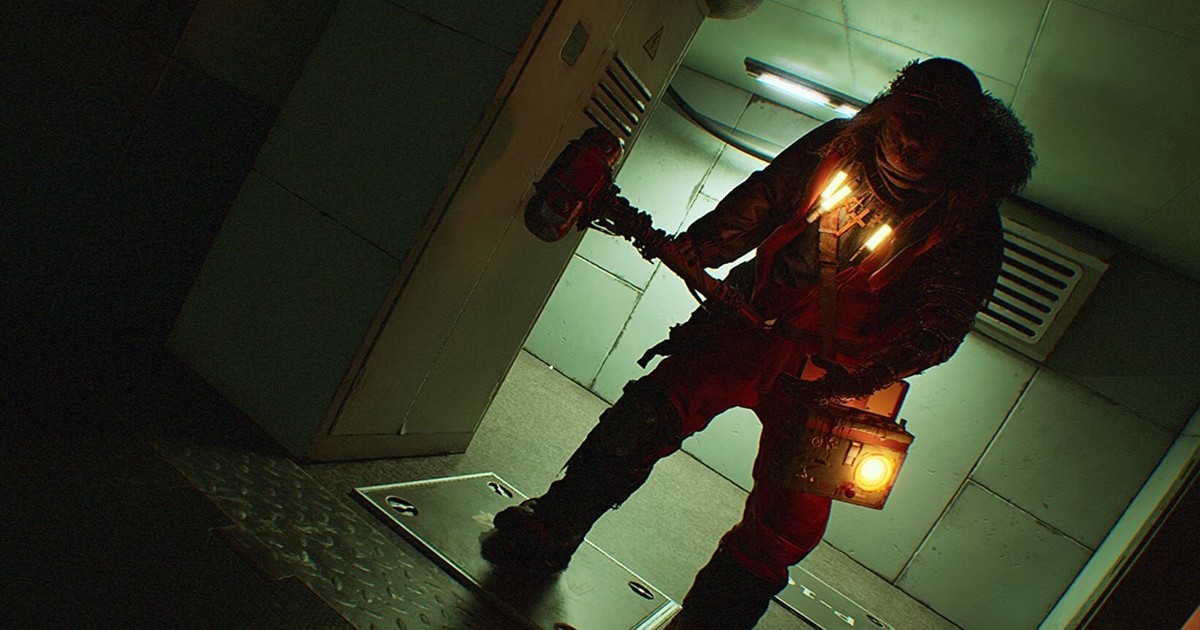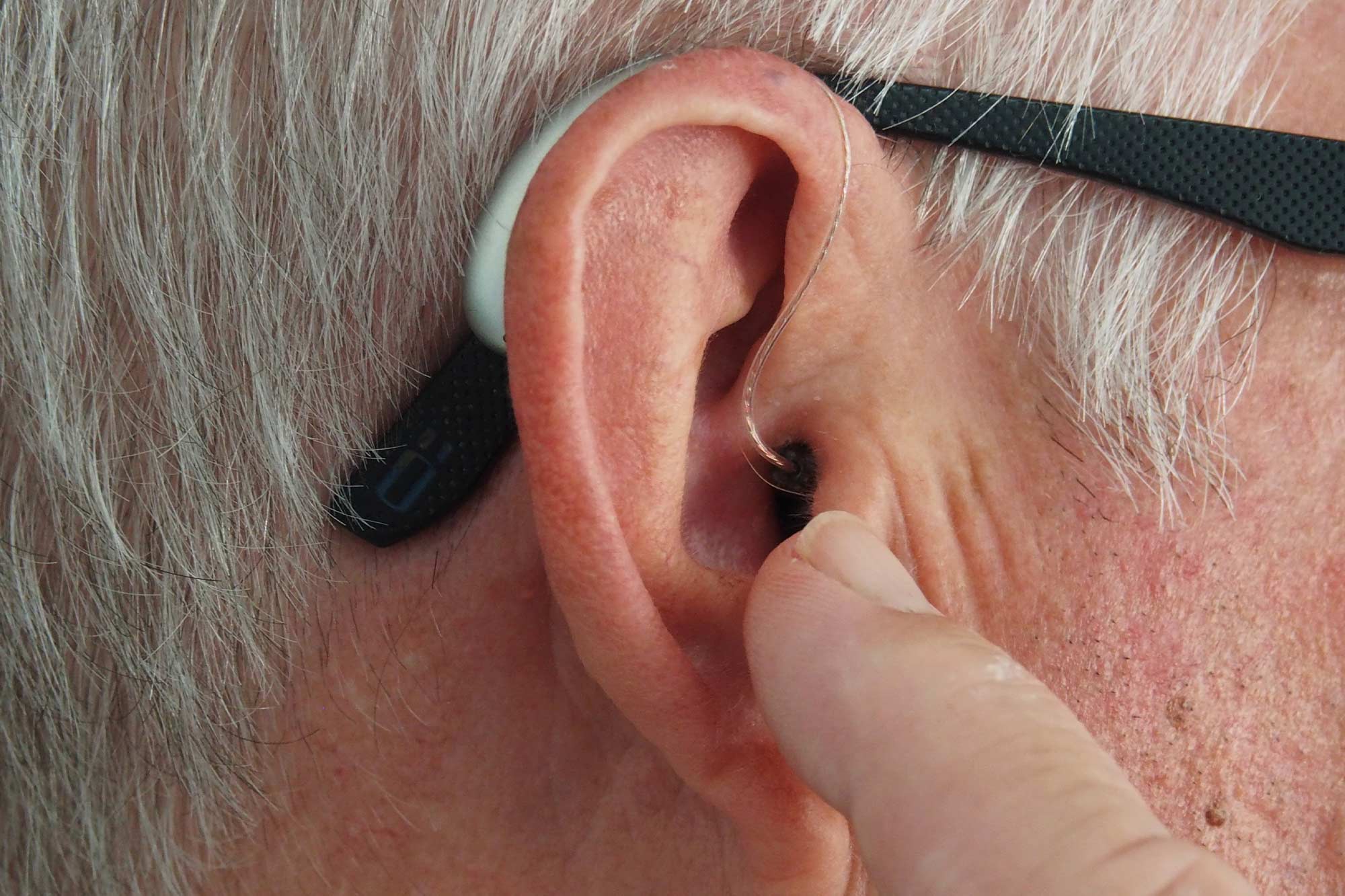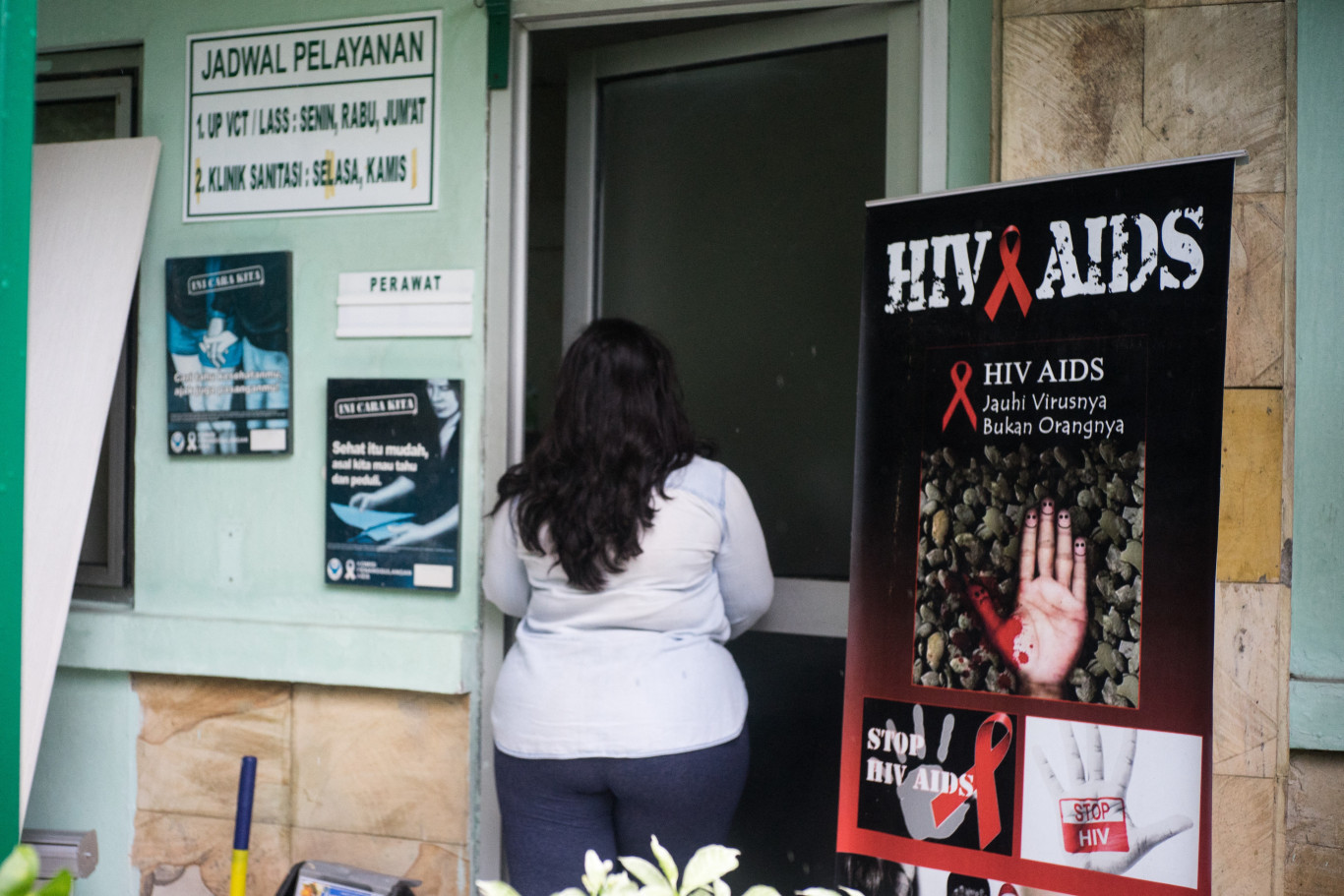2025.04.28.
The Limnology Institute “Hun-Ren Balaton Limnology (Hun-Ren Blki) was” Hon-Ren Blki). Speakers have been looking for the issue of whether 150 years have passed since the birth of Klebelsberg, and since the creation of the TIHANY Research Institute, we have changed in Laton Laton in 100 years. How did this work on the wildlife in the lake, and what will happen to them in the future?
The lecturers have been the most expert in Hun-Ren Blki who conducted most studies, research and analysis in recent years in Balaaton Research and Monitoring. Participants in this event were municipal, municipal development, water, nature preservation and decision development -researchers, researchers and other professionals in Palaon.
All speakers drew attention to the environmental, physical and chemical effects of wildlife and the changes they follow. Most of all, these changes carry risks to the life of a laptop lanon and human use, and if the changes continue, it is not possible to guarantee whether the good ecosystems of Laton Lake, natural, social and economic values, and will continue to ensure its advanced human use.
They all drew attention to the fact that over 100-150 years, there have been many changes and that there are still major changes in the region today. Thanks to the Research Institute, it examines science and knows many phenomena, but we only know a little about the future dangers of many changes. There are clear facts, such as the fact that more people want to use lake services with much more demands than they were. In fact, the lake became smaller, and the coast has narrowed and changed. Land use is radically transformed, the surrounding soil is increased with more and more structures, concrete shields and asphalt, and the reed is dismantled in the lake by filling. Because of human interventions and global climate change, the climate and water will be changed and will be more: more warmth and less precipitation. Nutrition chains are converted in the water body, and exotic creatures are pressed. Artificial materials are placed in human origin in the lake and the lake water will be salt.
Gá first Vasas, General Manager of Hun-Ren Blki, provided changes in algae flowers. In his presentation, he pointed out that algae was rare, smaller and locally for 60 to 70 years, but from the 1960s to the mid -1990s, it extended to the entire lake. Balatoni is a feature of shallow water exposed to global warming, where the spread of algae, in the presence of nutrients, is quickly. Physiological ecological strategies for unique, toxic and other metabolic products vary. He detailed the risks, environmental and economic consequences for the production of toxins from blue algae, and highlighted the importance of research and monitoring.
More lectures and events can be read more on Hun-Ren Blki.









